Folklore from around the world
Dragons, vampires and beyond: the surprising origin of 12 ancient beasts
Published on July 15, 2025
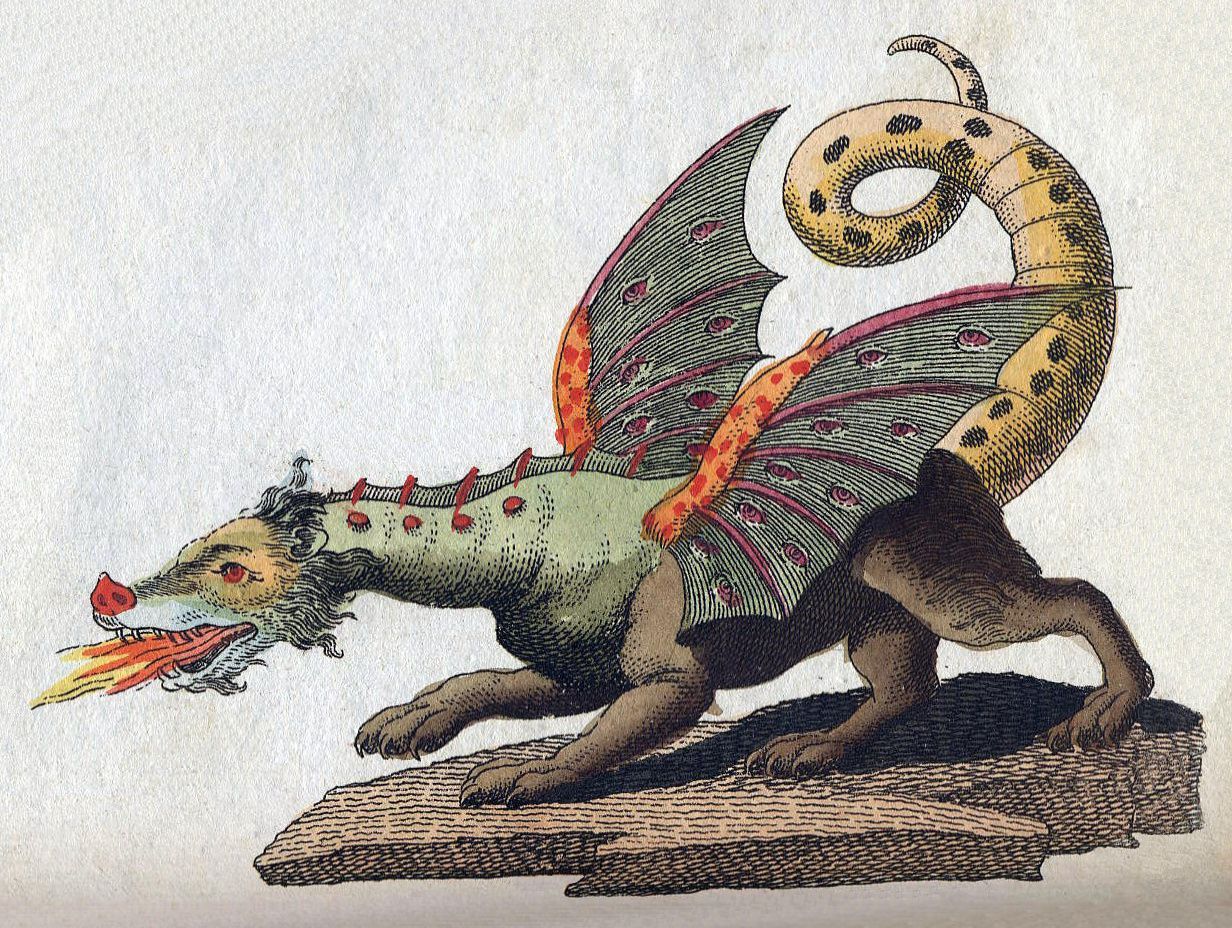 Credit: Friedrich-Johann-Justin-Bertuch, Public domain, via Wikimedia Commons
Credit: Friedrich-Johann-Justin-Bertuch, Public domain, via Wikimedia Commons
Throughout history, dozens of mythological creatures from cultures around the world have played a leading role in tales and legends that have terrified even the bravest. Many of these beasts are well known, but have you ever wondered where their names came from? Read on to discover the origins of 12 legendary monsters!
Ogre
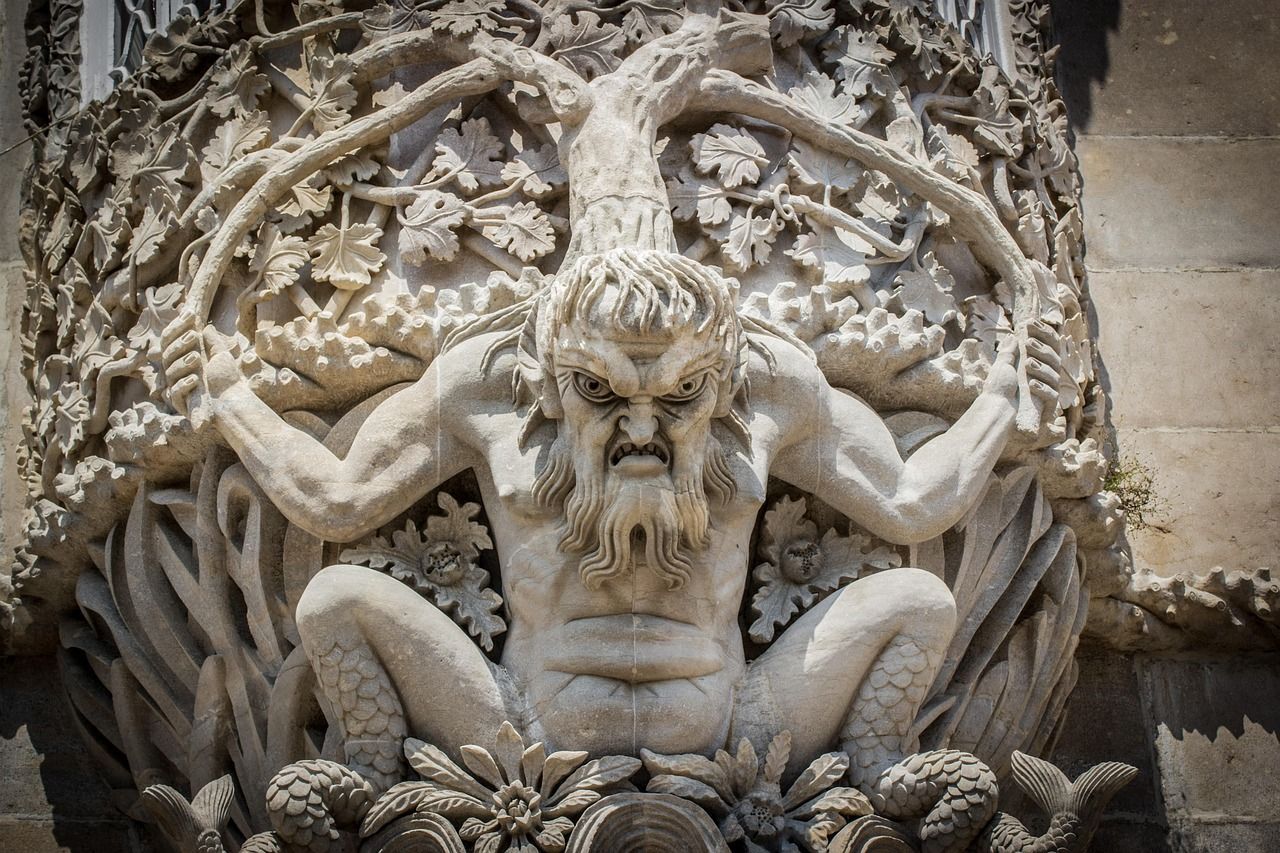 Credit: qgadrian
Credit: qgadrian
Ogres are popular characters in Western folk tales. The word ogre comes from French, and some scholars trace it to Orcus, a Roman god of the underworld who fed on human flesh.
Ogres are typically depicted with large heads, wild hair, and scruffy beards. In fairy tales, they are often portrayed as brutal giants who eat humans and are almost always extremely strong and ferocious. This legendary monster became popular thanks to the works of French author Charles Perrault in the 17th century.
Vampire
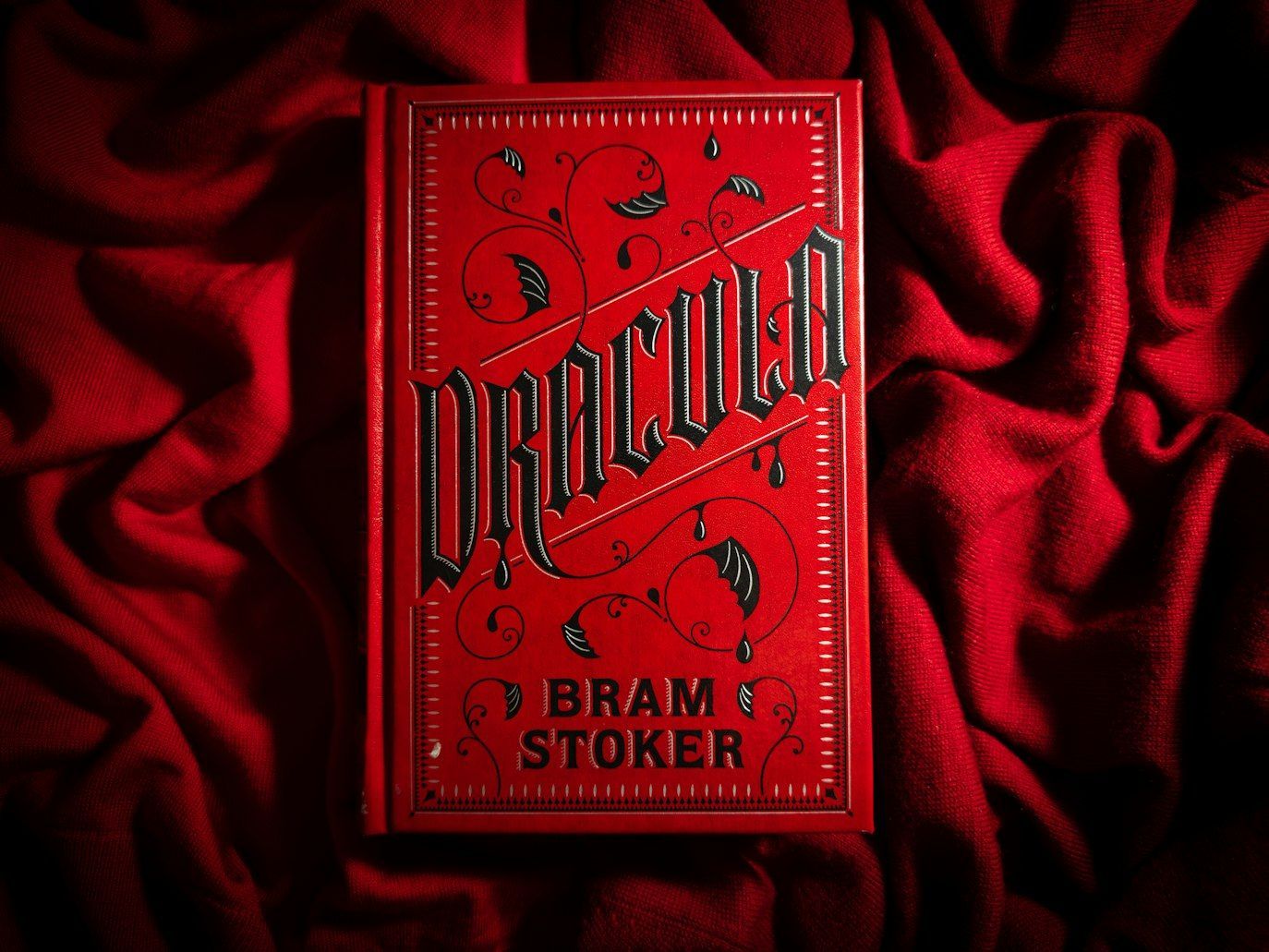 Credit: Tim Alex
Credit: Tim Alex
Yes, the most famous vampire is Count Dracula, but blood-sucking undead creatures existed in European folklore long before Bram Stoker published his novel in 1897. According to the Oxford Dictionary, the word vampire likely comes from the French vampire, borrowed from German and ultimately from South Slavic languages such as Serbian vampir.
Vampiric entities have been recorded in many cultures, although they were especially popular in Southeastern and Eastern Europe during the 18th century. Unlike the pale, fanged aristocrats of modern fiction, early vampires were often described as bloated, dark-skinned corpses that rose from the grave to feed on the living.
Mummy
 Credit: Daisy Anderson
Credit: Daisy Anderson
A mummy is, of course, the preserved body of a dead human or animal. In ancient civilizations such as Egypt, mummification was a vital part of religious and burial practices, believed to prepare the deceased for the afterlife.
Yet, popular culture took it upon itself to depict mummies as supernatural monsters. This portrayal likely stems from tales of "mummy curses" that emerged in the early 20th century, particularly after the discovery of Pharaoh Tutankhamun’s tomb.
Ancient Egyptian mummies are named after the substance in which the dead person's body was embalmed. Mummy, in this sense, goes back to Arabic mūmiyā, meaning "bitumen" and therefore "embalmed corpse."
Werewolf
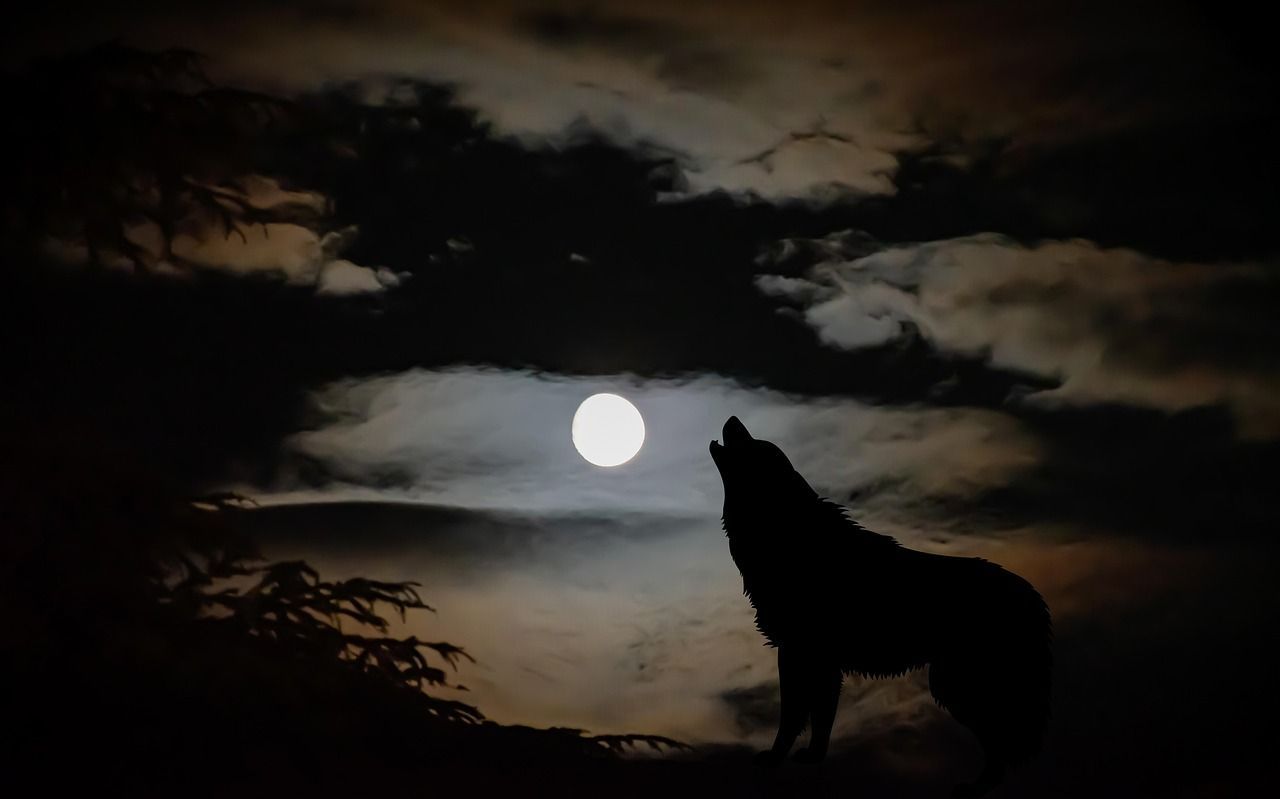 Credit: Ri_Ya
Credit: Ri_Ya
Another popular monster from European folklore is the werewolf. The word that describes the mythical transformation of a person into a wolf comes from the late Old English werewulf, combining wer, meaning "man," and **wulf, meaning "wolf"**—literally, "man-wolf."
Werewolves are often described as being placed under a curse, and the association between werewolves and the full moon became widespread during the Middle Ages, though stories of human-to-wolf transformations go back even further—one of the earliest literary examples appears in the Satyricon by the Roman writer Petronius.
Goblin
 Credit: vasina_r
Credit: vasina_r
Goblins are small, mischievous creatures that appear in European folklore, particularly in tales from the Middle Ages. They are often portrayed as evil, disfigured humanoids with magical powers and a love for causing trouble.
The word goblin has several proposed origins. The most widely accepted theory is that it comes from the Old French gobelin, which itself derives from _Gobelinus_—a malevolent spirit said to have haunted the town of Évreux in northern France during the 12th century.
Banshee
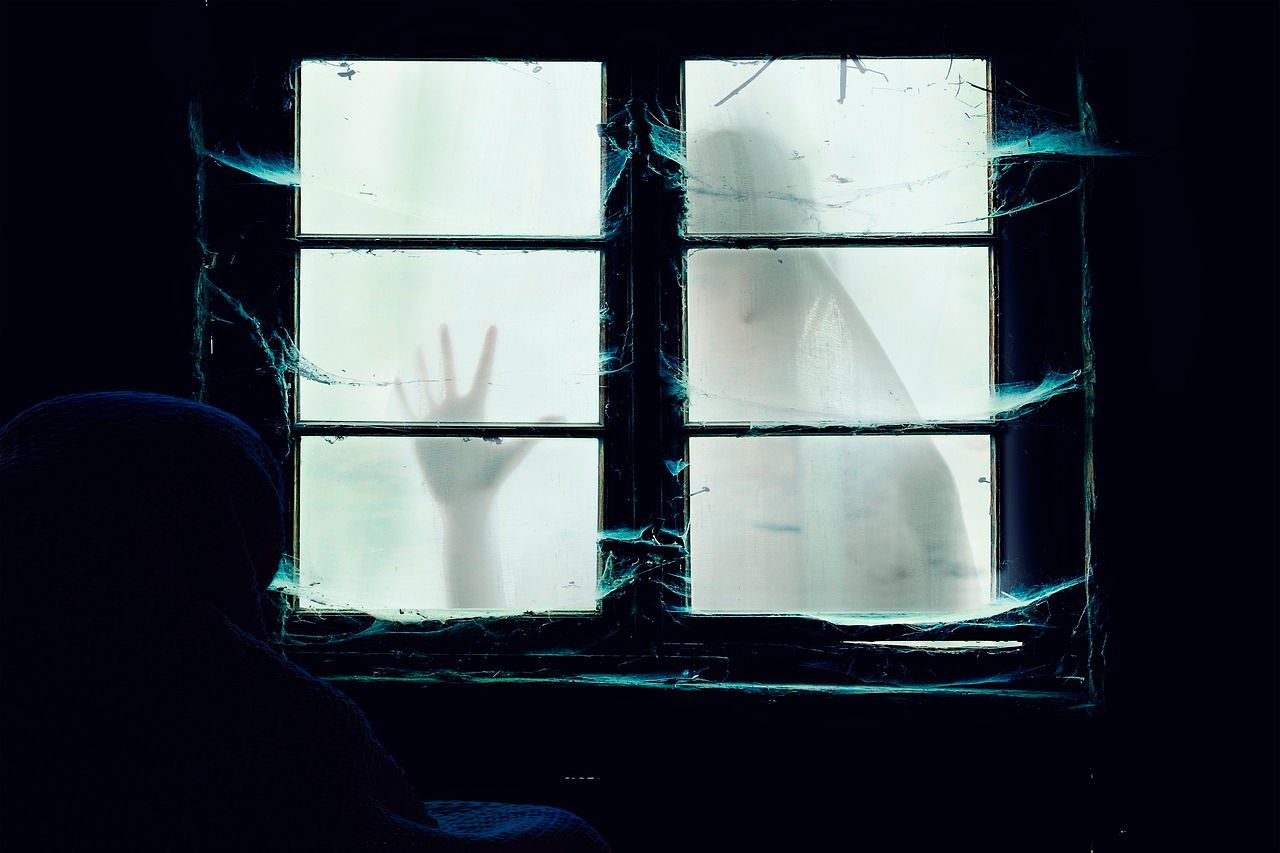 Credit: ELG21
Credit: ELG21
The banshee is usually depicted as a ghostly woman clad in pale, flowing garments, though in some accounts, she is described as a fairy who sings with a mournful, otherworldly voice. The word banshee comes from the Old Irish ben síde (or modern bean sídhe), meaning "woman of the fairies."
In Celtic folklore, the banshee is a supernatural being—often believed to be the spirit of a deceased ancestor—who wails a warning of an imminent death in a house. So, when this female spirit appears, watch out!
Gorgon
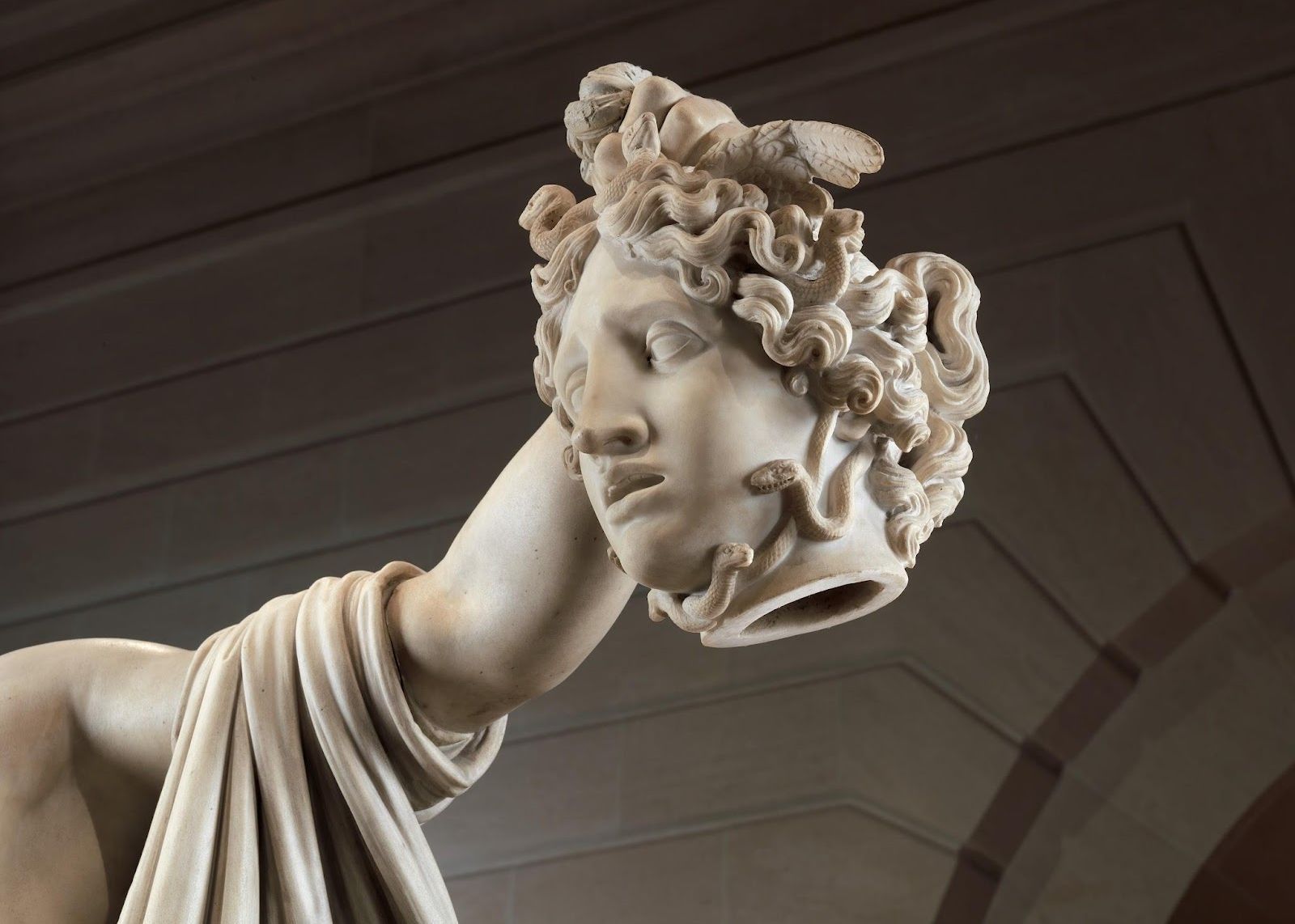 Credit: Antonio Canova, CC0, via Wikimedia Commons
Credit: Antonio Canova, CC0, via Wikimedia Commons
The Gorgons are legendary monsters from ancient Greek mythology—three terrifying sisters with glaring eyes and serpents writhing in place of hair. The name comes from the Greek Gorgones, meaning "the grim ones," derived from gorgos, meaning "fierce" or "terrible."
According to myth, anyone who looked directly at a Gorgon would be turned to stone. The most famous of the trio is Medusa, the only mortal Gorgon. Although she was slain by the hero Perseus, her severed head retained its petrifying power and was used as a weapon long after her death.
Zombie
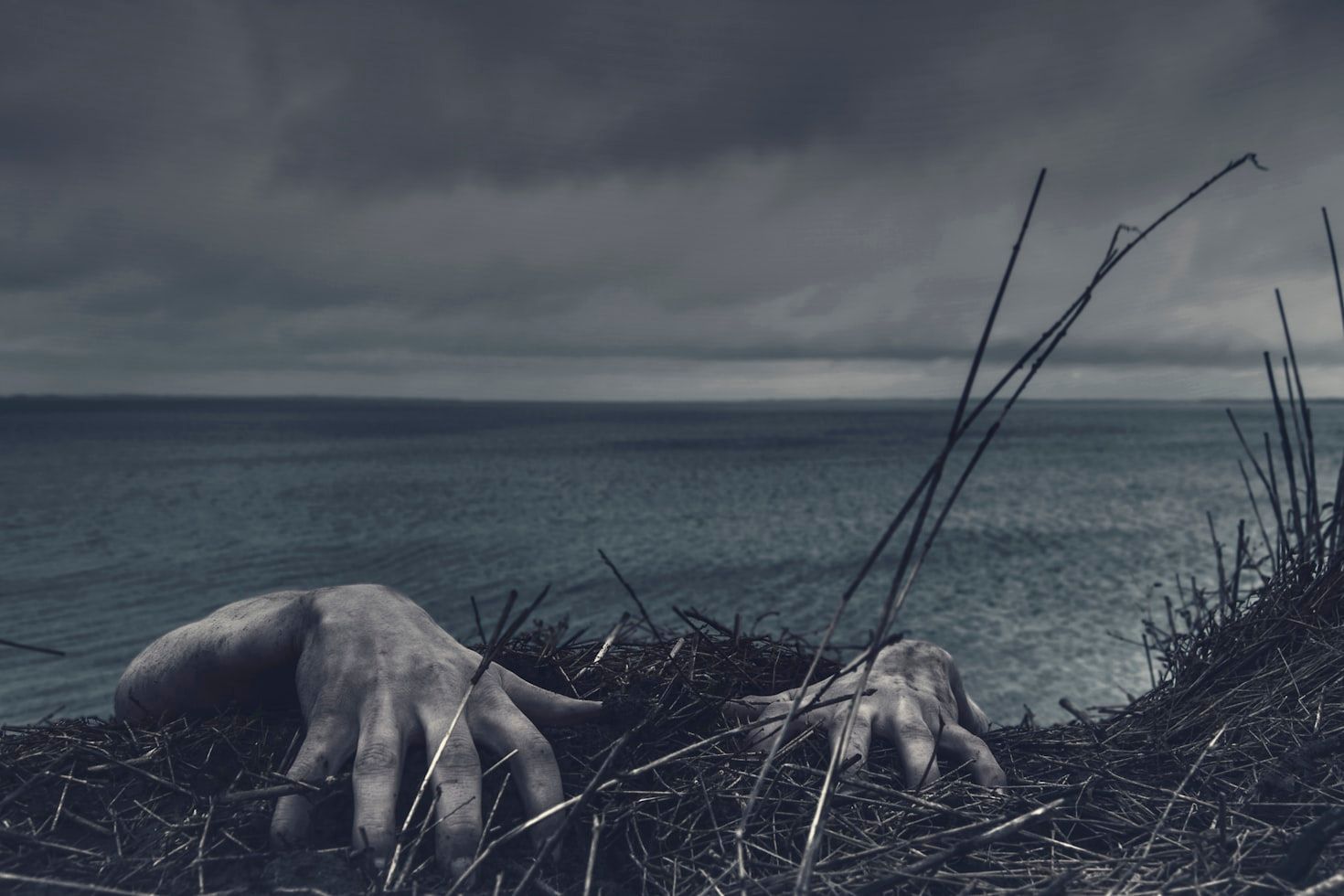 Credit: Daniel Jensen
Credit: Daniel Jensen
A zombie is a contradicting monster: it’s a human who’s both living and dead. The idea of reanimated corpses originates in Afro-Caribbean folklore, particularly Haitian Vodou, where zombies are said to be dead bodies brought back to life and controlled by a sorcerer.
In modern times, zombies have become iconic figures in horror films and fiction, often portrayed as mindless, flesh-eating hordes. According to the Oxford Dictionary, the term zombie has a Central African origin and can be traced back to words like zumbi ("fetish") and djumbi ("ghost").
Ghoul
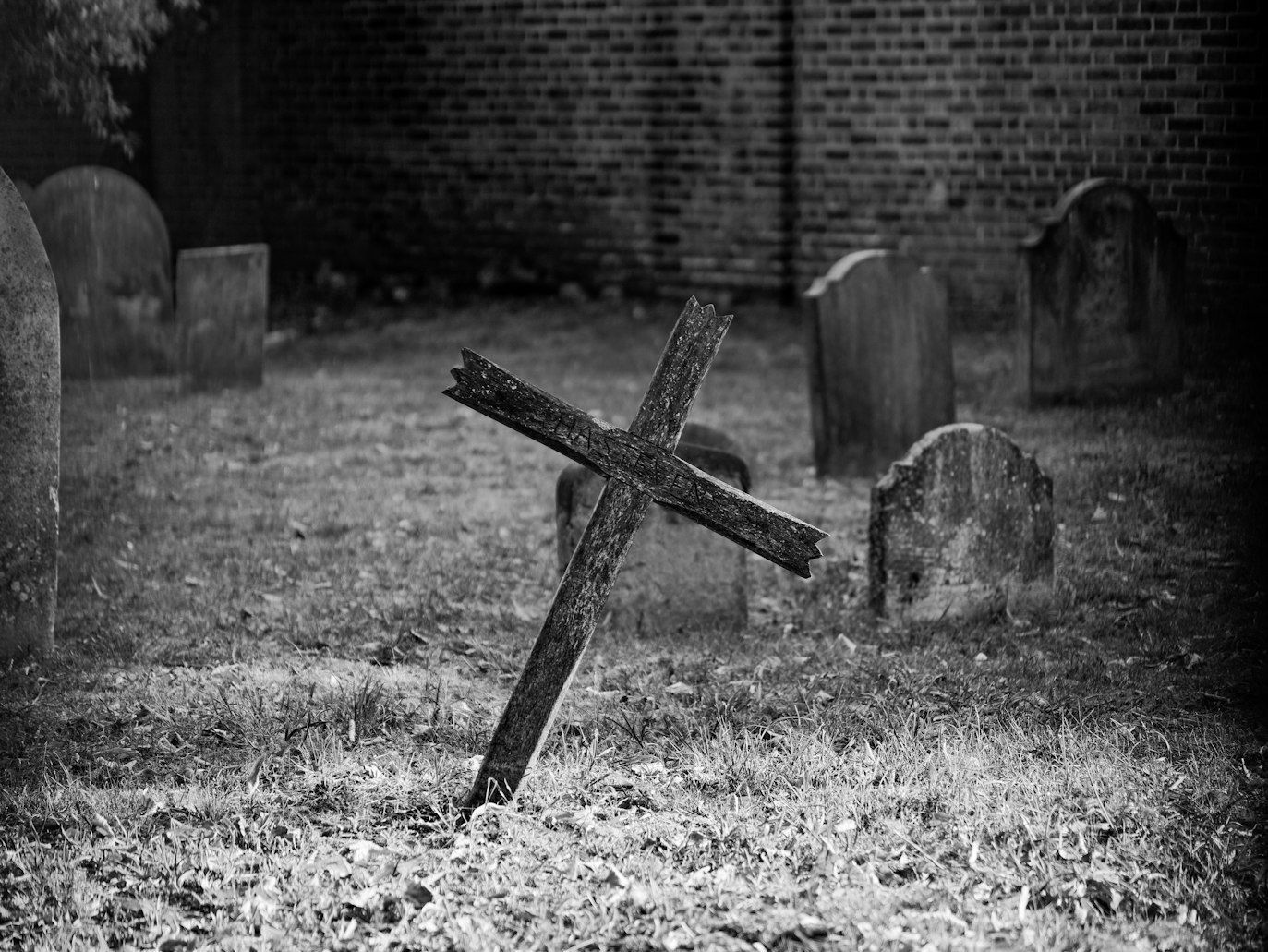 Credit: the blowup
Credit: the blowup
Ghouls are monsters from Arabian mythology that are usually found haunting the places humans tend to avoid, like graveyards and abandoned areas. According to legend, a ghoul would lure unsuspecting travelers into the wilderness with the intent of devouring them.
The word ghoul comes from the Arabic term ġūl, a desert-dwelling demon that feeds on the dead, often by robbing graves. Ġūl in turn derives from ghala, meaning "to seize." In some traditions, ghouls are considered a type of jinn—supernatural beings that can be either good or evil—from which the English word genie is derived.
Kraken
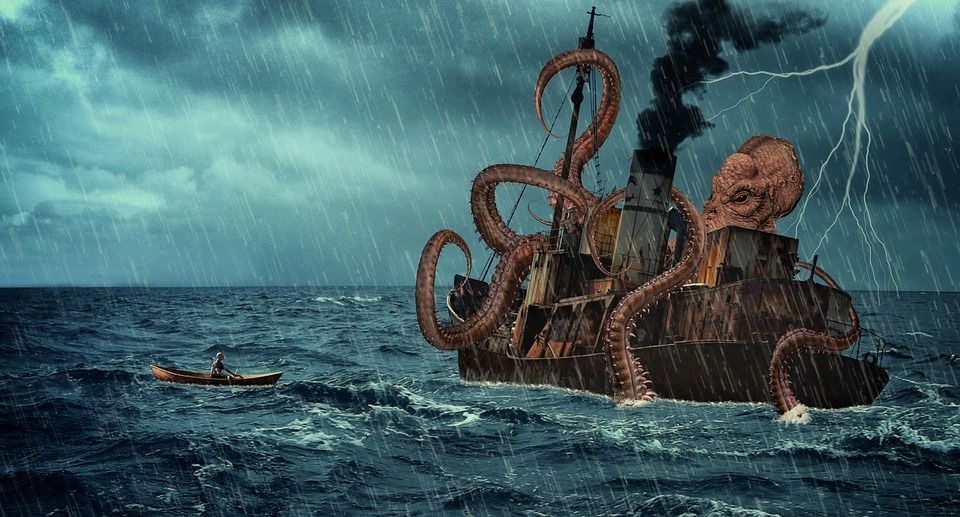 Credit: Dieterich01
Credit: Dieterich01
The Kraken is a legendary sea monster from Scandinavian mythology. This creature, resembling a giant squid or octopus, dwells in the deep sea, stalking sailors who dare to enter its waters. According to legend, it is capable of swallowing men, ships, and even whales.
The term kraken derives from the Norwegian word krake, meaning "pole," "stake," or "post," as well as "crooked tree" or "stunted animal or person."
Oni
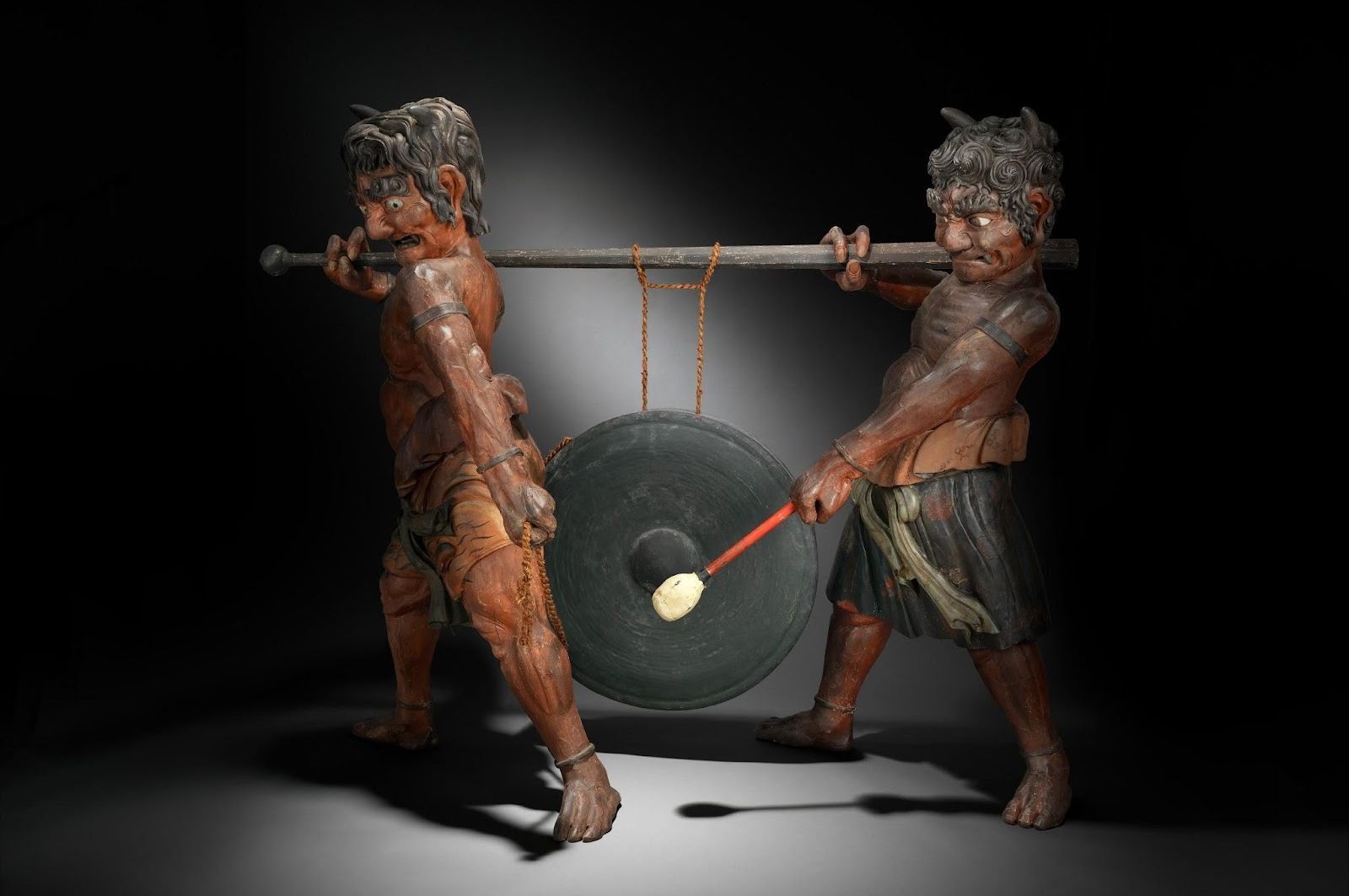 Credit: Metropolitan Museum of Art, CC0, via Wikimedia Commons
Credit: Metropolitan Museum of Art, CC0, via Wikimedia Commons
Oni are fearsome creatures in Japanese folklore. According to a 10th-century Japanese dictionary, the word—represented by the kanji 鬼—may derive from on or onu, meaning "to hide." Oni are typically hidden beings, dwelling in caves or remote mountains, making them difficult to spot.
When they do appear, they often take a red or blue humanoid form. They carry iron clubs, have horns and massive teeth, and are sometimes depicted with extra eyes, fingers, or toes. Despite their fearsome reputation for devouring humans in one mouthful, oni are also sometimes linked to bringing good fortune and wealth.
Dragon
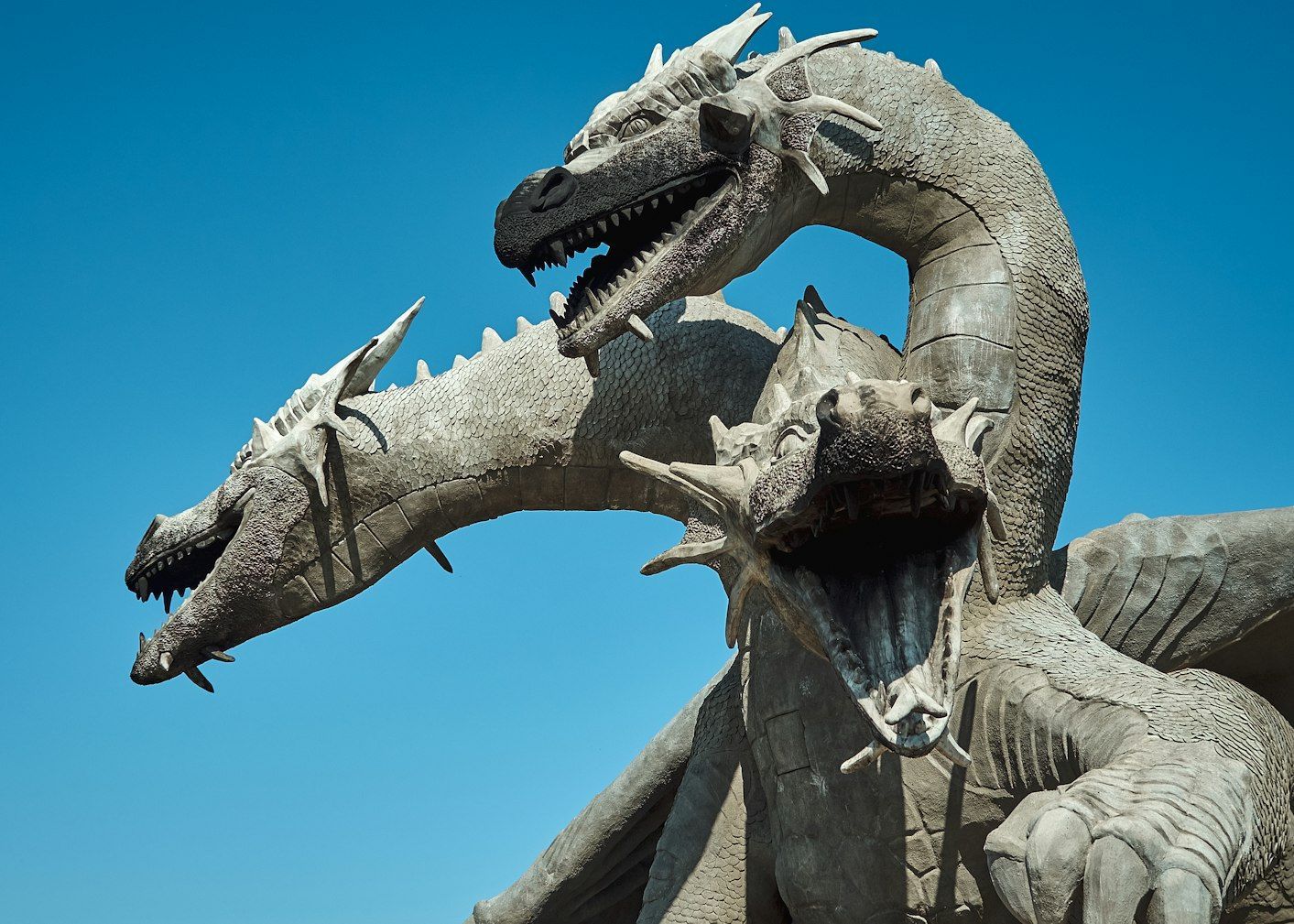 Credit: Vlad Zaytsev
Credit: Vlad Zaytsev
The dragon, one of the most well-known mythological beings, appears in various forms in several cultures around the world. In China, dragons are considered symbols of good fortune, while in medieval Europe, they were often depicted as evil creatures. These creatures, often shown with reptilian and avian features, were known both as guardians of sacred places and as fearsome predators who devoured princesses.
Whether spewing fire from their mouths or seen as earthly representatives of the Devil, dragons were creatures to be feared. The word dragon entered the English language in the early 13th century from the Old French dragon, which in turn derives from the Greek drákōn, meaning "serpent" or "giant seafish."










